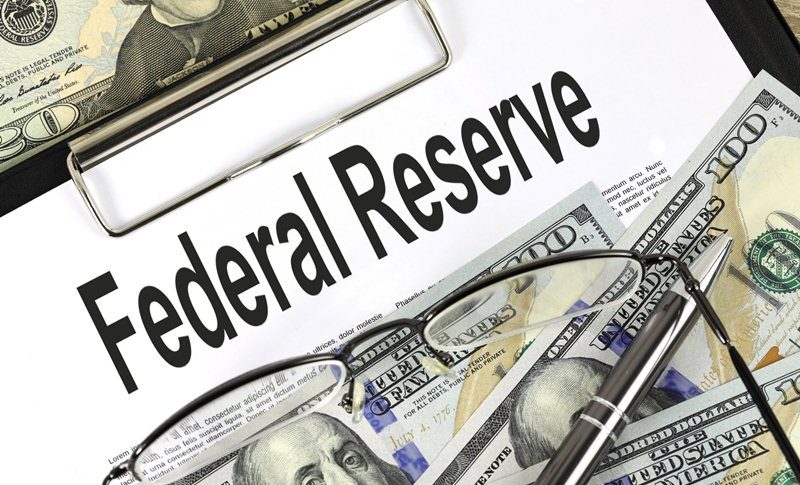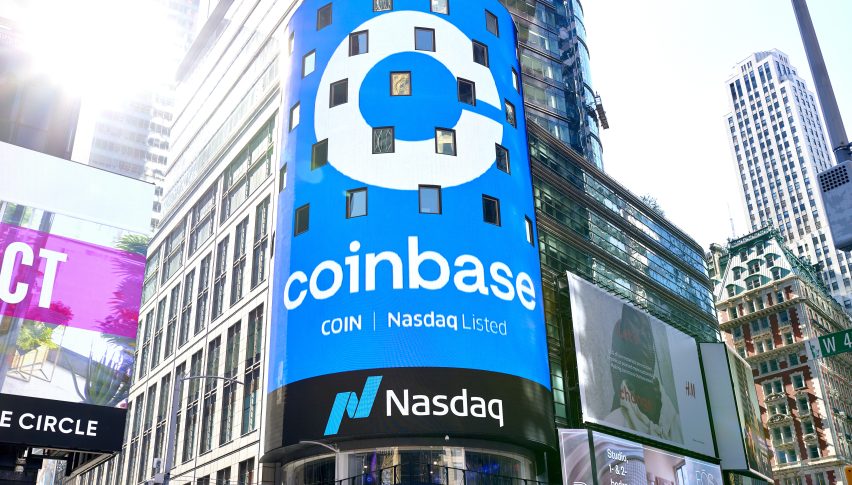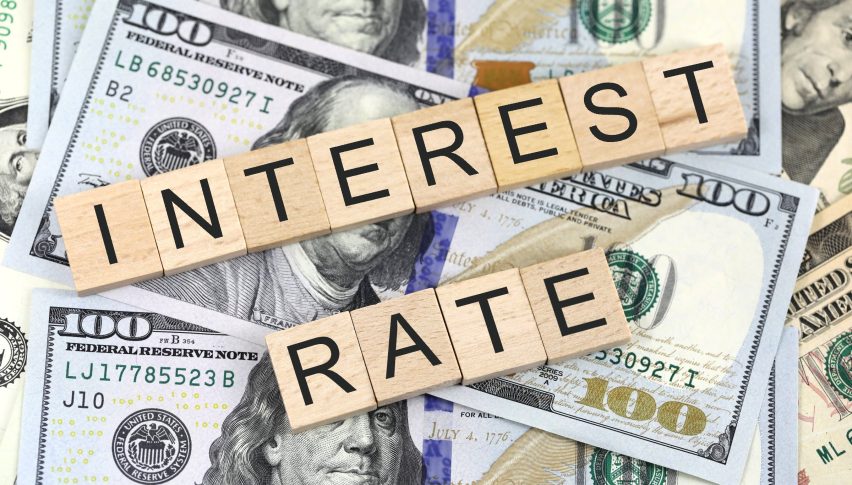Inflation and Economic Growth to Drive Rate Hikes and Markets in the Months Ahead
Markets were pricing in rate cuts by the end of the year a week ago, but now everything has reversed and risk has turned negative

Interest rates have been the driving factor for financial markets for about a year, initially pushing risk assets such as stock markets and commodity dollars lower, while since October the sentiment has improved as central banks and particularly the FED started slowing down.
Just after the FOMC meeting last Wednesday, the FED funds market was flirting with 3.50% as the terminal top for next year, after comments by Powell about rate cuts. But a surge in consumer sentiment and better global growth figures are putting that terminal top into question. now the thinking is that the FED may hike above 5% and stay there for longer. If the Fed resumes the hawkish path or puts further hikes beyond 5.25-5.50% on the table, then traders might go back to pricing in a hard landing, but that might be pushed ahead to 2024 this time instead of this year, with the consumer excess savings running out. But for that, we have to follow two main themes, global growth and inflation.
1. From Recession to Global Growth
China is finally scraping the Covid-zero policy and is reopening, while the warm weather in Europe saved it from an energy crunch. The US consumer is showing resilience which is a positive surprise. We’re not out of the woods yet, but the path is certainly better than it looked in November. For some time it looked like we could see a recession or a stagnation in the global economy, but now the market is looking at something better than that — no recession at all and a quick reacceleration possibly. This would be great for stock markets and commodities.
2. Inflation Cooling Off
Inflation has been the main reason for central banks to raise interest rates, as well as the global plan, which kept risk sentiment negative for most of 2022. But, inflation has started to slow, at least the headline inflation. In the UK, headline CPI (consumer price index) inflation slowed to 10.5% in January from 10.7% in December, although core inflation remained at 6.3%. Canadian consumer inflation slowed to 5.3% from 5.4% while core CPI ticked down to 5.0%. In the eurozone, headline CPI fell to 8.5% from 9.2%, although core CPI remained unchanged at 5.2%, while in the US, headline inflation fell 6.3% in January from 7.1% in December.
So, inflation is cooling off which is taking off pressure from central banks, although core inflation still seems slow to fall. Besides that, the AI revolution is coming and it will mean a strong increase in productivity and many job losses to go with it which will be a strong deflationary force. This means that the FED might push for more rate hikes as well as push rate cuts for later and at the moment it’s hard to predict when ‘later’ will be. So, at the moment it is better not to trade off those future cuts while markets are considering the likelihood of a 6% terminal FED rate and a 2024 recession.
- Check out our free forex signals
- Follow the top economic events on FX Leaders economic calendar
- Trade better, discover more Forex Trading Strategies
- Open a FREE Trading Account



